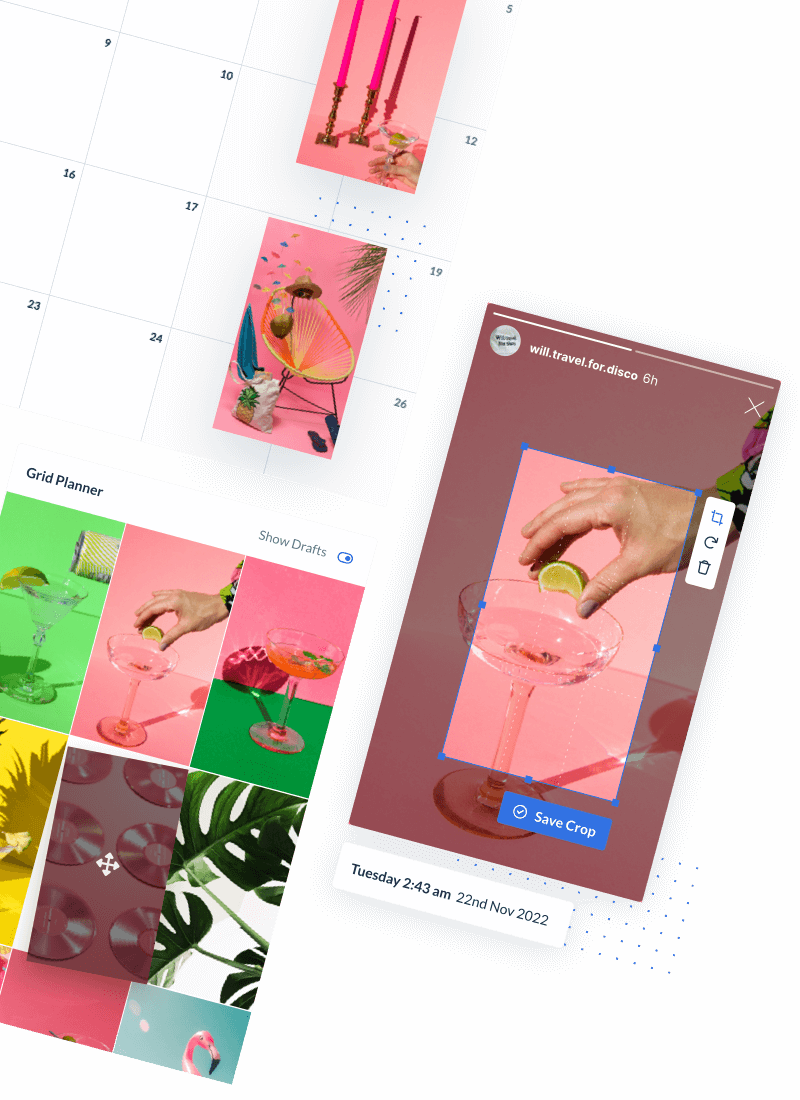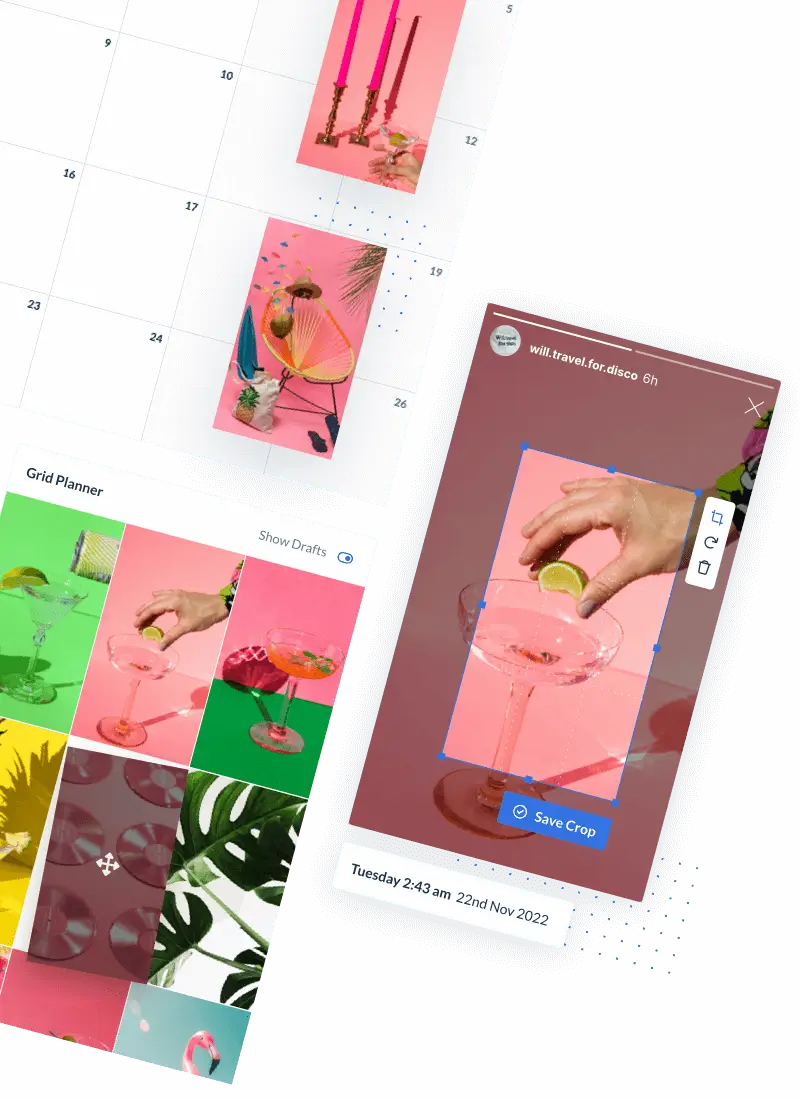This isn’t the first time a brand has been chastised on social media for poor marketing choices; in 2017 a we witnessed Unilever’s personal care brand Dove face the outrage of consumers over an online campaign, earlier that year we also saw soft drink producer Pepsico fall under scrutiny for an advert featuring Kendall Jenner at a social justice protest. We’re now in 2018 and would have hoped that other brands took lessons from the mistakes of their peers, well it seems not..
High street fashion retailer H&M have come under fire for a product advertisement featuring a hoodie with the slogan “Coolest monkey in the jungle” modelled by a black child. The advert sparked huge backlash on social media, with many labelling the advert as racist, inappropriate and distasteful.
The social media outrage snowballed and caught headline news very quickly, garnering criticism from consumers, industry experts and celebrities, most notably chart topping musicians The Weeknd and G-Eazy expressed distaste towards the advertisement via social media, with both musicians cancelling their partnerships with the fashion brand.
Facing much pressure H&M issued a statement via their Instagram account-@hm apologising for the decision surrounding the product advertisement and accepting responsibility for the oversight, followed by another apology the following day, reiterating their stance on the issues, and apologising again. Since then, the product which originally appeared on their UK site, has been removed.
‘Lapse in judgement or obvious ignorance’
Besides the lapse in judgement or obvious ignorance from H&M, this isn’t the first time we’ve seen egalitarian consumers take to Twitter & Instagram to voice their dissent against a multinational company. We’re again reminded of a more broader theme; the power of social media as a vessel of influence.
Interestingly, rather than an official press release or press conference, H&M chose to address the issue and apologise via their Instagram account. Their intent may have been to dilute the situation using the same channels that escalated the uproar, however after analysing the Instagram post using Hopper HQ’s analytics tool I discovered a rather interesting byproduct of this whole debacle.
Data from Hopper HQ’s analytics tool shows the original apology note posted by H&M on their Instagram account has amassed over 311k likes and 62k comments, giving the post the highest engagement across all of their posts with an official engagement rate of 1.55%, ranking it as the top post ever published to by H&M.
Engagement rate = (Likes+Comments/Followers)
 (Data from Hopper HQ Analytics Tool)
(Data from Hopper HQ Analytics Tool)
The second apology note posted by H&M also got a significant amount of likes and comments (229k likes and 41k comments), again ranking it with H&Ms all time top posts with an engagement rate of 1.12%. Among other highly engaged posts on the account was a product advertisement with an engagement rate of 1.21%, posted a day before the apology note, this potentially suggests the engagement on the apology note had a correlating affect on the product advertisement post. H&M haven’t posted anything on Instagram since and despite all of the negative press, H&M attained more followers, with a follower growth of over 44k (at the time of writing this article).


Could this be a silver lining for H&M? A typed up apology note receiving the highest engagement rate against high quality content is quite the feat, even at the expense of a PR catastrophe. However, before any other brands reading this decide to take a leaf out of H&M’s marketing misdemeanor to capitalise on social media gains, we must raise this impending question…
If we draw a parallel… a hot topic for debate in the PR industry circles around the question “Is all publicity good publicity?” Similarly in the millennial age of social media, a question we must ask ourselves as social media marketers; are engagement rates always positive? In this specific instance, scanning over the comments on H&M’s post, we can see that the sentiments are mostly negative with few people defending the fashion retailer. Social media marketers and agencies have always used engagement rates as a positive indication of performance, and well rightly so, I mean the more likes and comments you receive the better you’re performing right? Well I guess not anymore, especially for the poor individual presenting social media KPI’s at H&M’s next marketing meeting.
Visually plan your social content. Instagram, TikTok, Twitter, Facebook, LinkedIn + Pinterest













